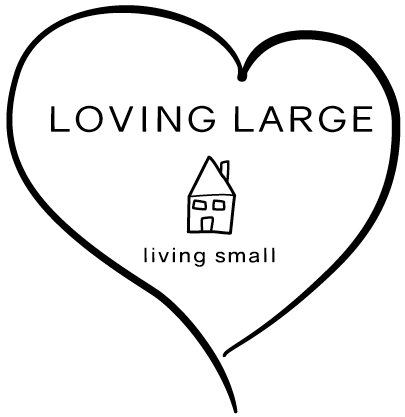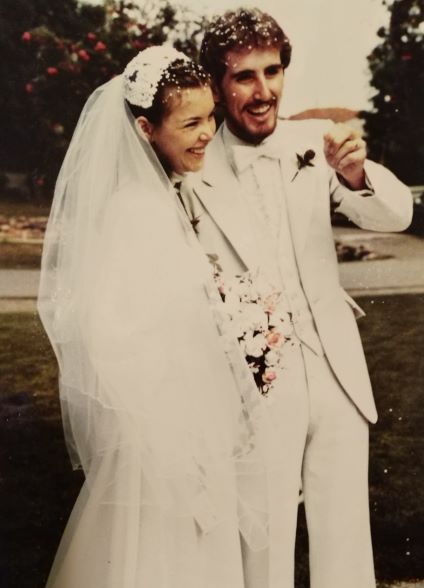When we married in our late teens, we took ‘till death us do part’ out of the vows we read; we just weren’t comfortable signing off on that level of commitment. Now, nearly 40 years on, we are looking at our final chapter and making plans to support each other at end of life. All going well, we have designed a house to help us age in place and die at home.
When our parents moved in with us almost 25 years ago, it was to raise our children with their elders, eventually supporting them in a home-based death. With our parents now gone, we look forward to a time when we might be able to achieve the same type of end, this time supported by our now grown children.
The standard refrain, heard by many when choosing a new home or a new neighbourhood is “where do we want to live?” We agonize over the best location, square footage, the good schools, and the closest amenities. What we don’t often ask ourselves, is “how do we want to live” and even more important to us, “how do we want to die”. And while I recognize it’s not an easy conversation, it is an important one and the sooner we talk and design our best life, the better chance we have of dying a good death.
When we worked with our planner on the house design, we explained that we were future planning, including our inevitable demise. We wanted our home to grow old alongside us, adaptive to changing needs over time, and available to us in our last days, providing what we might need for comfort and for care.
So, while the house is on the smaller side, 850 square feet, it’s on the smarter side too. We are building a one level home, with a no step entry, a public and private side, and no stairs to climb. With wider doorways throughout, we will be able to accommodate wheelchair/walker access. We have a large enough shower in the main bathroom, to roll in a wheelchair. Our bedroom has no fixed closets or furniture, so we can accommodate a hospital bed if needed, and the best view possible. The layout is designed for ease and comfort in open plan living, with triple glazed windows and an energy efficient heating and cooling system that won’t include chopping wood. There is plenty of natural light to aid our mental wellbeing and we are surrounded by nature, which is good for the soul. In the best-case scenario, we won’t need to utilize our forward-facing design and we’ll be healthy and mobile until the end. But if not, we know that we have put in a great deal of thought with a view to staying at home as long as possible in our community, and with our family.
Designing the place is one thing, designing the life is another. Those of you who are familiar with The Blue Zones, will know that there are five places where people consistently live the healthiest and longest lives on the planet. They share some similar characteristics and while there are no guarantees, our intention is to continue to live this mostly already adopted lifestyle, in the hope that it will serve us long after our arrival in Shirley. There will be plenty to do; grow food, walk trails, surf and swim. We’ll have few mechanical conveniences; no dishwasher or microwave, or other gadgets to make life easier or faster – we’ll continue to live ‘slow’. We’ll down shift and shed stress and live by the 80% rule for eating, and that eating will continue to be mostly plant based. We’ll strive to live with purpose, grounded in a spiritual journey, and connected to our community. And if they’re right, by staying in our house as long as possible, living very close to our children, and staying committed to a life partner, we’ll live and die better. And if fate dictates that we have to leave our home for reasons of care or safety, we’ll do so in the knowledge that we did our best and held out as long as we could, in a home that tried hard to live up to our ageing expectations.

